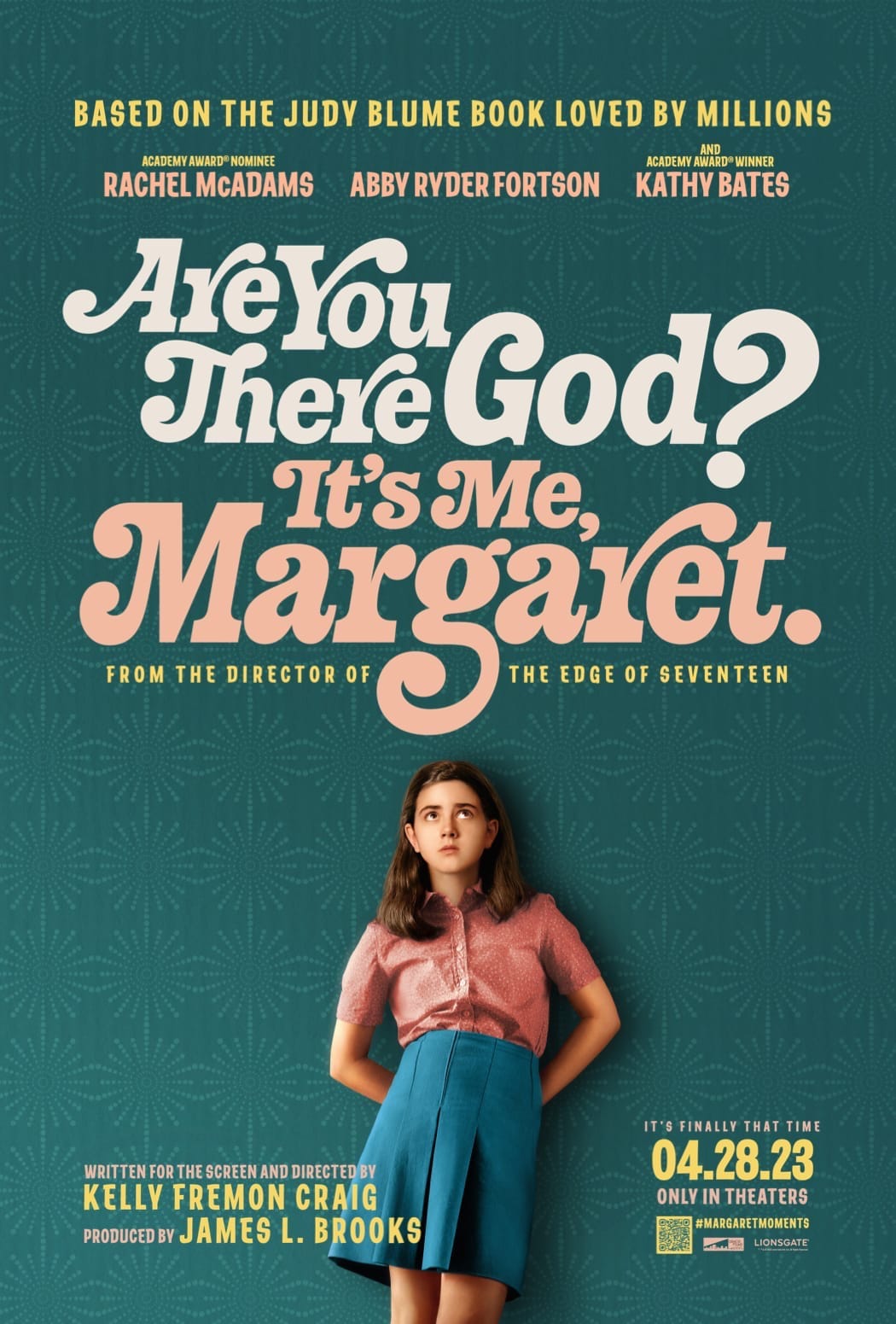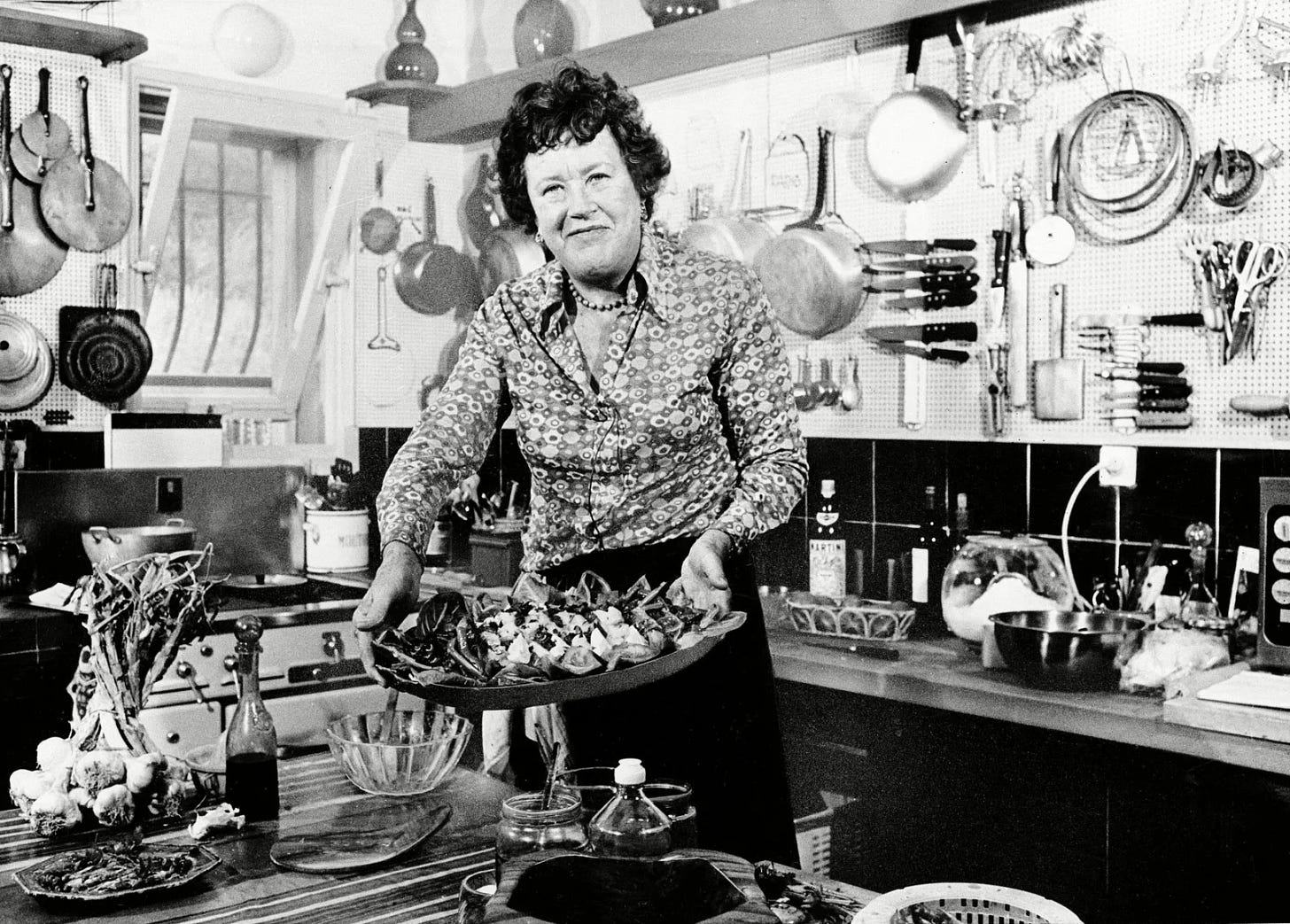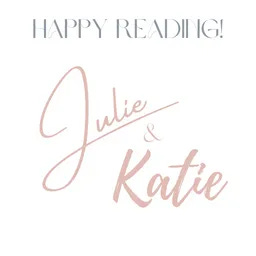Readers, we promise our Feature Books will not always be soon-to-be television or cinema adaptations set in the 1970s. But with Are You There God? It’s Me, Margaret finally being translated into film later this month, we just had to cover it!
We dare you to watch the official trailer for the film adaptation, and not want to run out to your neighbourhood theatre on April 28! Besides, Rachel McAdams? Kathy Bates? Need we say more? And with one month until release date, you have lots of time to (re)read the book!
This 1970 Middle Grade classic by Judy Blume has been having a moment. Or has it ever not been in the spotlight? Consistently challenged by censors for its frank and honest portrayal of puberty, Are You There God? tells the story of 11-year-old Margaret who has recently moved, with her parents, from the Upper West Side of New York City to suburban New Jersey. Margaret is navigating some common pre-adolescent anxieties: kisses, crushes, boys, and boobs. She’s also trying to just fit in, and will she really be the last girl to get her period? Overarching these concerns, as the child of a Christian mom and a Jewish father, is her search for a personal connection with God. A lot of ground gets covered in 170 pages.
We loved revisiting Margaret Simon, and we think you will too.
Grab your pantsuit, turn on some Jackson 5 or Simon & Garfunkel, and let’s dive into the world of Are You There God? It’s Me, Margaret.
Julie’s Rating: **** (4/5)
My first reread of Are You There God? It’s Me Margaret in close to 50 years, and bang! I’m immediately back in my grade 5 classroom. I swear I could smell the stuffy portable, see each of my classmates’ faces, and K with her hands covering her ears, refusing to listen to Judy Blume’s words. I could hear the voice of our male teacher Mr. S reading aloud - with commentary. And all the feels! This book was momentous for me. I wonder if it had been a book that I had discovered and read on my own, would my reading experience have differed? Rereading, I definitely got the impression that the book was from a gentler time, and it is this nostalgia that will most likely appeal to readers of “a certain age”. But the experiences - that yearning for growing up - is as universal today as when it was written.
Katie’s Rating: **** (4/5)
I first read this book as a pre-teen, and I wasn’t sure how it would hold up compared to my fond, nostalgic memories. Unlike Julie, I didn’t read this book at school, although it was the school library where I found the paperback. Back in the 90s, the book had a certain allure - it was definitely more risque than the Babysitter’s Club or Sweet Valley books. 24 years later, it reads as perhaps quaint and a little outdated (there is no Instagram in Margaret's sixth-grade class, thank goodness, and the raciest the book gets is a game of Two Minutes in the Closet and some chaste kissing), but the main problems that befuddle our winsome heroine are ones that I think still hold true today for young girls - anxiety over growing up, getting your period, boys, body development and how you compare to the other girls in your class. There's also the issue of religion, and Margaret's quest to find one of her own choosing, which I think really sets this book apart. To my relief, Margaret remains a singular voice in children's literature and this book deserves all its accolades and place in the literary canon.
“Today's 12-year-olds have the entire internet at their disposal; they hardly need novels to learn about puberty and sex. But kids are still kids, trying to figure out who they are and what they believe in. They're getting bullied, breaking up, making best friends. They are looking around, as kids always have, for adults who get it.
They - we - still need Judy Blume.”
Amy Weiss-Meyer, "Judy Blume Goes All the Way." The Atlantic, February 27, 2023
Margaret through the years
They say you shouldn’t judge a book by its cover, but we loved tracing the evolution of AYTGIMM over the decades. At least once every decade, there’s been a refresh. We think the fact that the book regularly needs a bit of a jacket update speaks to its enduring appeal across the generations. The story stays the same (well, mostly - scroll to the bottom of this article to see how references to menstrual products were updated!) and while Margaret never ages, she does change with the times, to draw in new readers - or, in these very online times, to generate controversy. Each decade gets its own Margaret. Which copy do you remember reading, or did you have a completely different edition? And as we’re just about due for a 2020s update, what would you include in a new cover for this decade?
Revisiting the books that helped you “grow up”
Our first recommendation is to swing by your library (or that box of childhood books you’ve got somewhere collecting dust!) and re-read a book that helped shape your adult perspective during those formative pre-teen years. If you’re anything like us, you may be surprised at how much you remember - and how much the book reconnects you to who you once were. But first…
The Importance of the Coming-of-Age Novel
Long before the emergence of the prolific Young Adult (YA) genre, there was the Coming-of-Age Novel (also known, if we’re going to really revisit our English lit classes, as the bildungsroman, German for “novel of formation”. Goethe was probably the first published author of the genre). The Coming-of-Age narrative follows a young protagonist as they navigate the peril and pitfalls involved in their search for an adult identity.
“In books, readers can find people just like them. They can see how others navigated struggles and solved problems. They can brainstorm what might work for them and what might be a bad idea altogether. They can see that growing up may be hard—that it may seem almost intolerable at times—but that they can get through it. It might be messy and the process might not be wrapped up in a pretty bow with a perfectly crafted ending—but growing up without falling apart is possible.
Bianca Schultze. “Why Coming-of-Age books are important to read.” The Children’s Book Review, April 26, 2018
May We Suggest …
Julie’s Faves:
I’m a huge fan of the classic coming-of-age novels: Anne of Green Gables, Little Women, To Kill a Mockingbird, and A Tree Grows in Brooklyn - all worthy of a reread every few years. The Outsiders rates quite highly, too. I’ve been known to fall down a few rabbit holes on that one! Lucky for me, it is still studied at school, and I can jump into a classroom and revisit Ponyboy, Johnny, Sodapop, Two-Bit, Darry, and my guy, Dallas.
Two contemporary favourites that always get my recommendation for young adult and adult readers, would be Baygirl (2013) by Canadian author Heather Smith, and Long Way Down (2019), Jason Reynolds’ novel-in-verse featuring a young male protagonist. Kit and Will are growing up with a little more baggage than the average adolescent may be carrying. Don’t look for memories of quaint nostalgia here.
Katie’s Faves:
I love Julie’s picks (especially the first two! I did, after all, get married in the picturesque New England town where Louisa May Alcott wrote Little Women!).
I’d also like to recommend the Alice series by Phyllis Reynolds Naylor, starting with The Agony of Alice (1985). Quirky Alice felt like my secret friend who was just as awkward and dorky and curious as I felt. Similar to Margaret, Alice is navigating growing up and the 26 books (and three prequels) follow her life, travails, triumphs and embarrassments. The books are laugh-out-loud hilarious and heartwarming at the same time, and while some of the references feel dated in a nostalgic way, the messiness of growing up is just as real and poignant as ever.
“Books about adolescents have continued to push boundaries, and their commitment to reality is insightful for both juvenile readers seeking to find their place in the world and older ones reflecting on growing up.”
Elise Hannah. “The Importance of the Coming-of-Age Novel”. The Atlantic, March 3, 2023
Now we wouldn’t necessarily recommend the cut-up hot dogs in beans that Mrs. Fishbein served at Norman’s party, but there is a “great party dish” that we could get behind. Julia Child was at the height of her career when Margaret was written. A second volume of her legendary Mastering the Art of French Cooking was released in 1970, and her Emmy Award-winning television show The French Chef aired from 1963-1972.
Can we suggest Julia Child's Coq au Vin for your next dinner party? You may want to drag the punch bowl out of storage, and serve a cheese log as an appetizer for a truly retro evening. Bon Appetit!
And why not have a listen to this Coming-of-Age song written by Joni Mitchell? The same year that Julie was listening to the read-aloud of AYTGIMM, her guitar-playing, folk-loving teacher had The Circle Game on repeat. We’re a little partial to Buffy Stainte-Marie’s cover.
And the seasons, they go round and round
And the painted ponies go up and down
We're captive on the carousel of time
We can't return, we can only look
Behind, from where we came
And go round and round and round, in the circle game
Extra Credit
We Still Need Judy Blume (The Atlantic) - an excellent and in-depth piece on censorship and all things Judy Blume.
What does Judy Blume think of the film adaptation? It's better than the book! (VF)
Let us know what you think - about the book, your plans to see the movie, the ‘70s (again!), and growing up and the books that helped you on the way. We’d love to hear!










I have shockingly not read this book… I don’t know why as I remember seeing it in my library at school all the time! I love reading YA lit so looking forward to finally reading a book I should have read a long time ago.
Well done girls! Looking forward to the movie and to some French cooking!